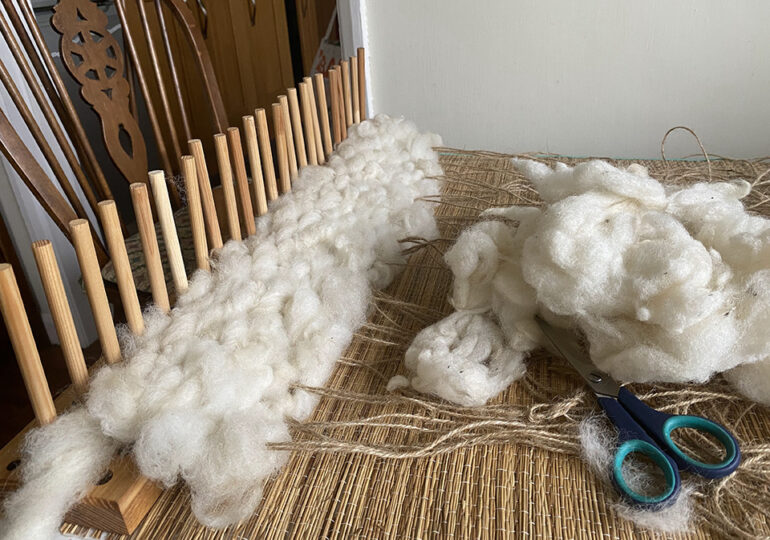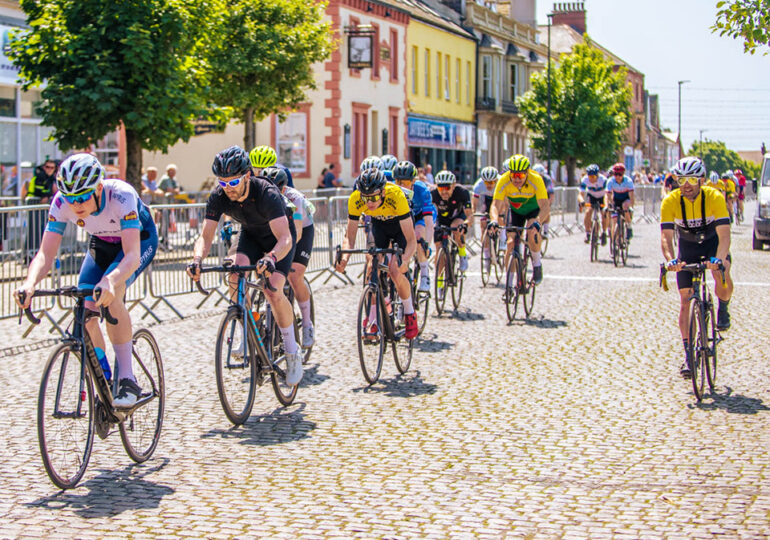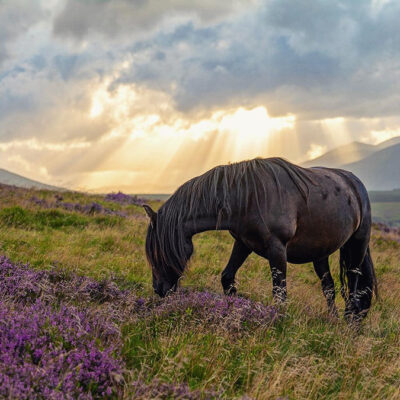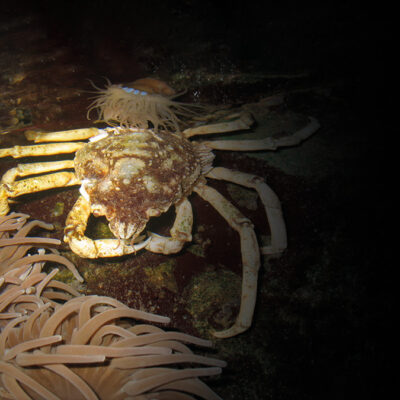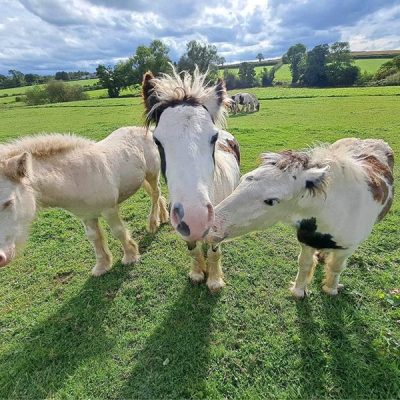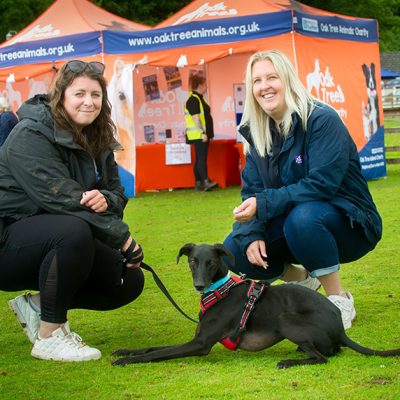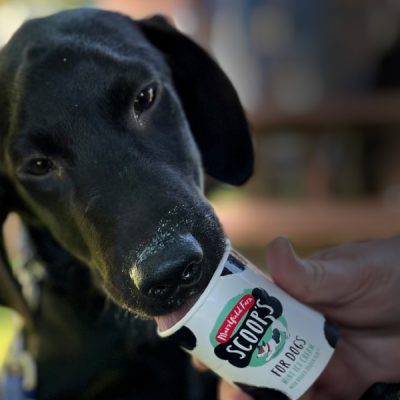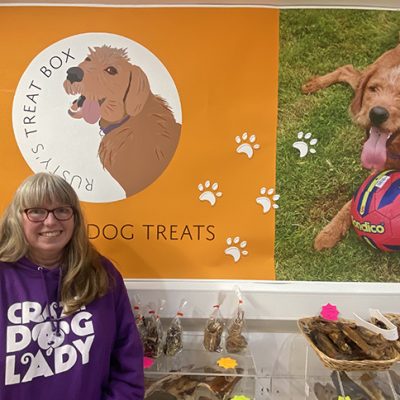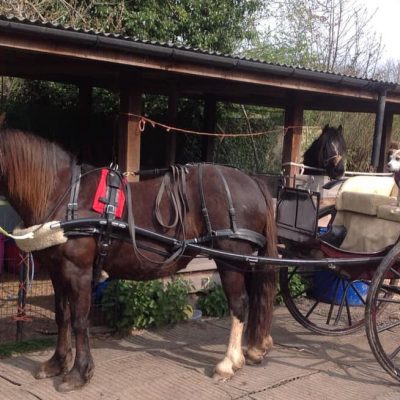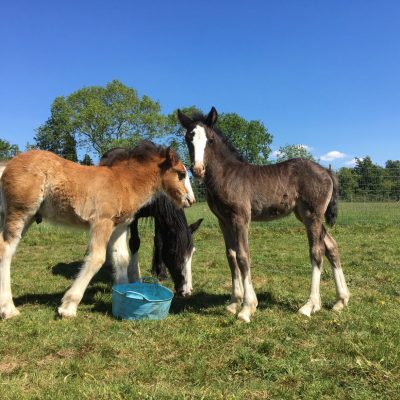Don’t Feed The Horses

I saw a post on social-media a while back which was shocking, it was from a lady who’s pony had needlessly died due to someone feeding it.
The lady in question posted “When I share posts because someone has lost their horse due to people feeding them, I always hope that it will educate people so they don’t feed mine…
THIS IS MY BOY. Lightning is dead, because of your lovely Sunday-Walk to feed the horses.
My boy is dead because you believed that you didn’t have to read the signs that say Do Not Feed the Horses.”
I am not a horsey person so-to-speak and could not understand why this pony had died simply from being fed, what food could have killed it? So I asked the question, half expecting a barrage of negative replies.
What came back left me moved and more importantly, educated.
The first person to respond to my questions was Poppy Russell, as it happens, Poppy herself had sadly lost her own pony Squeak just days before, in just the same way…strangers feeding him.
Poppy, who has owned over four hundred horses over the years knows a thing or two about the subject and this is where I learned of Colic and its devastating effects.
Colic is a condition which causes gasses to build up in a horses digestive system. Horses unlike us cannot burp or vomit, this means gasses can build very quickly within their gut, this can cause Colic or “twisted gut”.
Poppy explained: “When a horse gets Colic they experience agonising discomfort. They often roll to try and alleviate the pain. They go through unimaginable hell and this often results in a slow, agonising death.”
Poppy went on to say: “The fastest way to kill any equine is a nice big meal of something new, even a new-feed from the merchant. It can be anything at all that the pony or horse is not used to eating, even new-feed is introduced in tiny amounts until their guts get used to it, even Carrots and Apples can kill a pony.
Although it seems like you are treating the horse and bringing it joy it could be short lived for the animal.
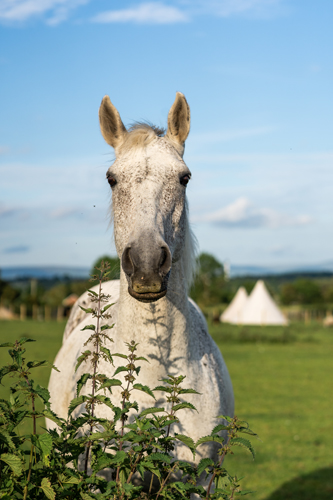
Poppy said: “The problem is that the average sized Horse has a stomach only the size of a Pint carton of Milk, the back intestine is about twenty seven meters long and that’s where most of the digestion takes place, so a horse fills its stomach very, very quickly.
If it can’t pass the food through for whatever reason, it starts to ferment, if anything interrupts that flow or changes the stomach acids and enzymes it immediately gives them belly acheOn average Colic kills a horse in between 6-12 hours, sometimes even longer.
As we enter into Summer many of us will venture into the countryside and come across animals more than ever before. So please, enjoy watching the animals in their fields, say hello if you want to but please DO NOT FEED THEM!
So what have we learned…
DONT’ FEED HORSES, PONIES, DONKEYS!!
This applies to all horses/ponies donkeys as well as other livestock. Even fell ponies that you may feel are wild and would benefit from your apple peel or a carrot generally have a caretaker that looks after them, they too can suffer the same consequences.
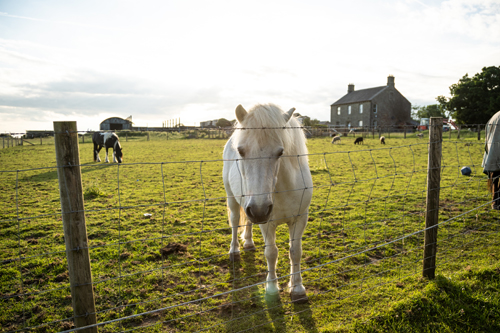
Carrots – Apples – Long Grass – Bread – Sugar Lumps can all cause Colic!
Anything other than what is in their strict diet – Can cause Colic.
So, if you are out and about in the countryside anytime soon, please heed the words above and Please Don’t Feed Horses,Ponies or Donkeys.
Also, if you are out in the country side, take any food waste or litter home with you, These are all hazards to livestock and wildlife.
WE HOPE YOU HAVE ENJOYED THIS EASY TO ACCESS & FREE ARTICLE – BUT WE COULD REALLY DO WITH A LITTLE SUPPORT
Why not become a Fan – Supporter and Member by Taking up our Limited Offer – Every edition of The Cumbria Guide delivered to your home, alongside our Exclusive ‘Cumbria Guide Loyalty Card’ – All of the above and also including other special offers from less than £2 per month.
Spend More – Save More and Help Support our Local Businesses around Cumbria ….
Click here Today and start saving
Share It:




